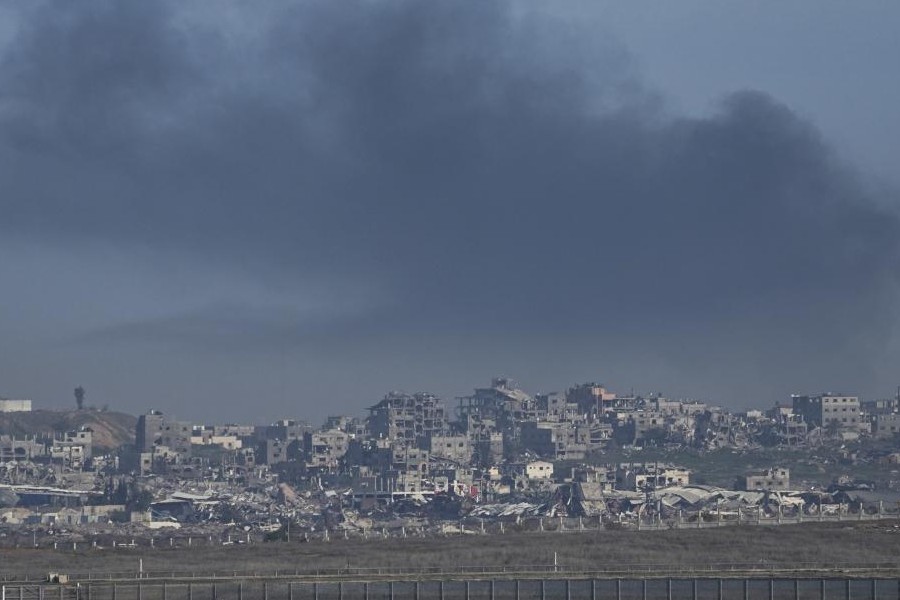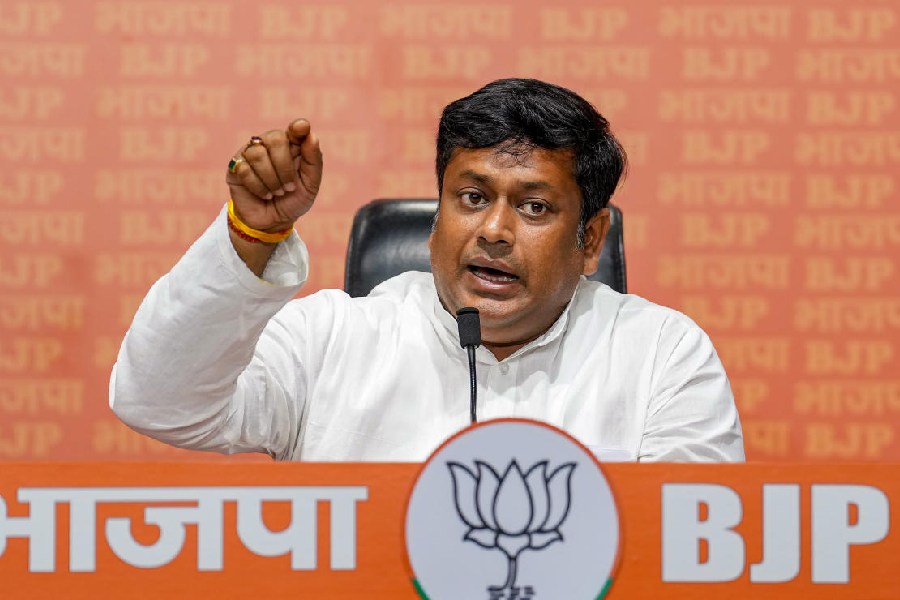RBI governor Shaktikanta Das on Friday said maintaining rupee stability and financial stability is the priority of the central bank as the country’s forex reserves hit an all-time high of $645.83 billion.
On the importance of high reserves, Das said currency stability is of utmost significance for the apex bank.
He said the RBI will continue to pursue its policy of building reserves as these reserves act as a buffer against future risk particularly in a situation where the cycle turns and there are dollar outflows, which could put pressure on the domestic currency.
“This whole approach adds to the strength of the national balance sheet,” he added.
The previous high in forex reserves was $642.4 billion in September. The reserves got depleted as the RBI sold dollars to defend the rupee as the greenback gained globally with the Fed hiking interest rates.
Das said the apex bank also attaches importance to financial stability. The RBI has been in the news in recent times for its supervisory actions against a couple of non-banking finance companies and Paytm Payments Bank.
“Banks, NBFCs and other financial entities must continue to give the highest priority to quality of governance and adherence to regulatory guidelines. Financial sector players, by and large, operate with public money — be it depositors in banks and select NBFCs or investors in bonds and other financial instruments. They should always be mindful of this.
“The RBI will continue to constructively engage with financial entities in this regard. It needs to be recognised that financial stability is a joint responsibility of all stakeholders,’’ Das said after the meet.
The Reserve Bank will continue to focus on preserving financial stability and promoting a system that is robust, resilient and future-ready to support economic growth. Price stability will be a key component of this endeavour.
He said key indicators of capital and asset quality of scheduled commercial banks (SCBs) continue to be healthy.
Further, the financial indicators of NBFCs are also in line with that of the banking system.”










